Iron Absorption
How to submit an article:
- Registered users can submit any published journal article that has a unique DOI (Digital Object Identifier) name or link to Research Hub.
- For example, you can paste the full DOI link:
https://doi.org/10.1109/5.771073or just the DOI name:10.1109/5.771073into the field above and click submit. - The person who is first to submit a valid article to Research Hub will forever be credited for it, and every article submission earns you +6 Research Points.
Published research studies are articles that present the findings of original research that has undergone a peer-review process and has been made publicly available in scholarly journals, books or other media.
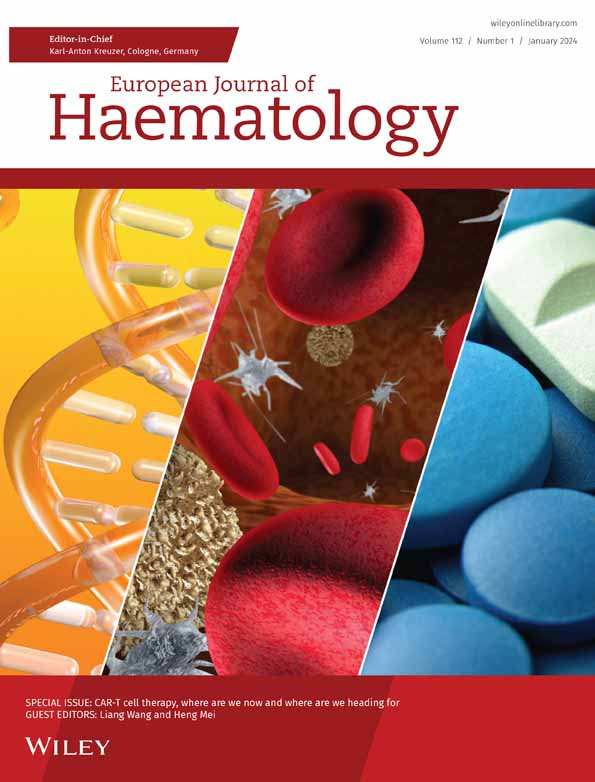
The role of oral iron in the treatment of adults with iron deficiency
2022 Nov 20 European Journal of Haematology Lo JO, Benson AE, Martens KL, Hedges MA, McMurry HS, DeLoughery T, et al.
Theoretical Article Review Article Iron DeficiencyThe hepcidin-ferroportin iron regulatory pathway prevents iron overload, creating an inherent limit on gastrointestinal iron absorption, and hence affects the efficacy of oral iron supplementation.
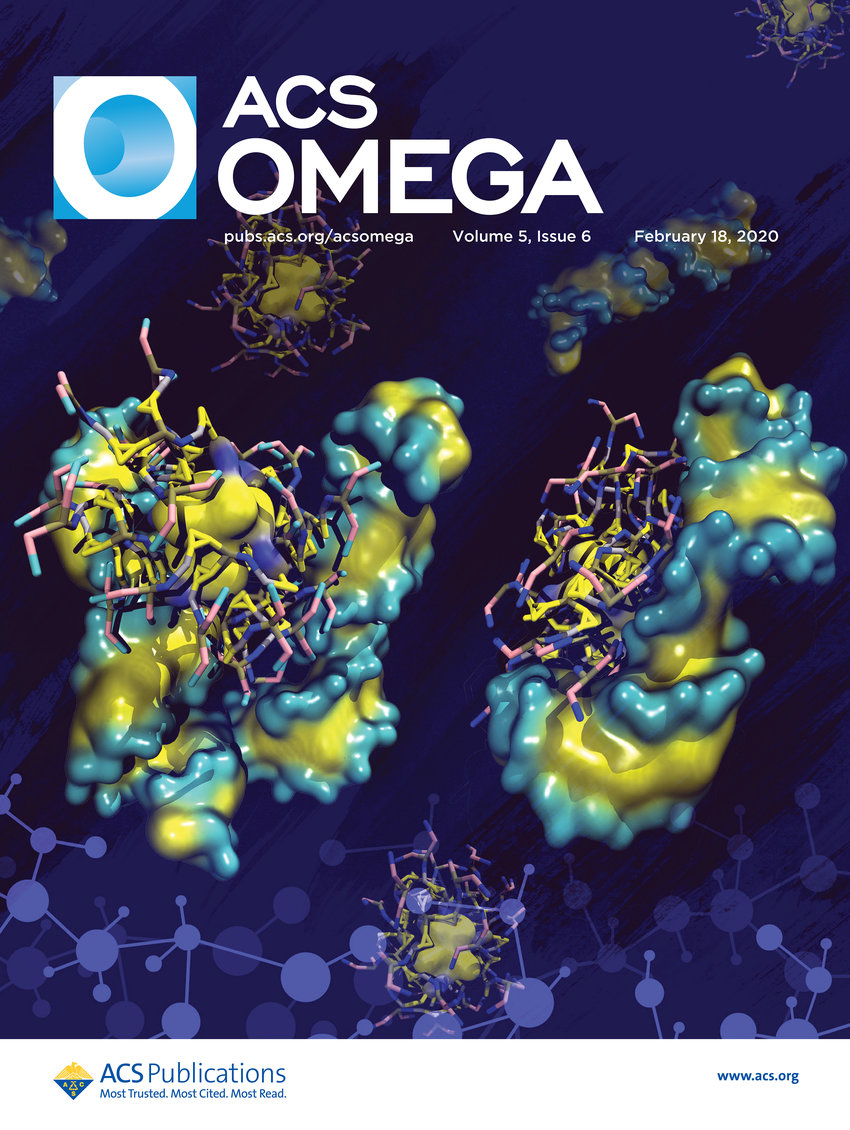
Iron Absorption: Factors, Limitations, and Improvement Methods
2022 Jun 10 ACS Omega Piskin E, Cianciosi D, Gulec S, Tomas M, Capanoglu E
In this context, the importance of studies to increase iron bioavailability is indisputable. Encapsulation, emulsification, chelation, and fortification play an important role in increasing the bioavailability and absorption rate of iron. Commercial iron supplements are available for humans suffering from IDA or wishing to get iron as a supplement. However, because of the free iron-dependent radical generation, some of the commercial iron supplements may produce adverse effects in the gut lumen and mucosal area of the intestine.
Review Article Iron
Threshold ferritin and hepcidin concentrations indicating early iron deficiency in young women based on upregulation of iron absorption
2021 Sep EClinicalMedicine Galetti V, Stoffel NU, Sieber C, Zeder C, Moretti D, Zimmermann MB
Cohort Study Clinical Study Iron Absorption Iron Deficiency Hepcidin FerritinThe body begins to upregulate iron absorption at a ferritin concentration of less than 50 µg/L, indicating an incipient iron deficiency in young women.
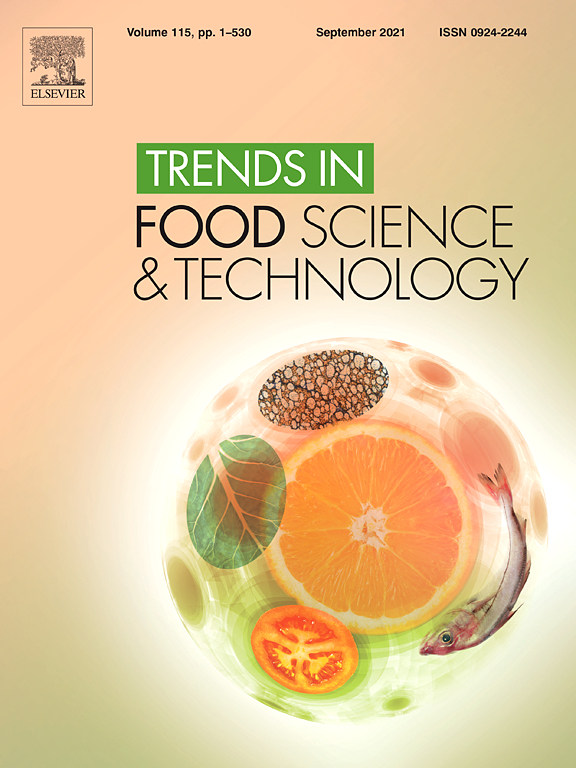
Prebiotics and iron bioavailability? Unveiling the hidden association - A review
2021 Apr Trends in Food Science & Technology Ahmad AMR, Ahmed W, Iqbal S, Javed M, Rashid S, Iahtisham-ul-Haq
Prebiotics show promise in improving iron absorption efficiency by influencing gut microbiota activity and luminal conditions, potentially offering a novel approach to combat IDA. Further research is necessary to solidify this connection and optimize strategies for enhancing iron bioavailability.
Review Article Prebiotic Iron Deficiency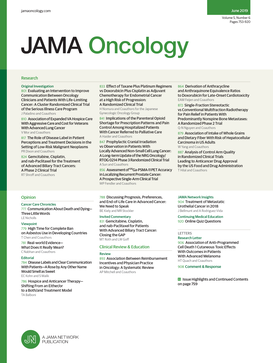
The Efficacy and Safety of Vitamin C for Iron Supplementation in Adult Patients With Iron Deficiency Anemia
2020 Nov 02 JAMA Oncology Li N, Zhao G, Wu W, Zhang M, Liu W, Chen Q, et al.
Among patients with IDA, oral iron supplements alone were equivalent to oral iron supplements plus vitamin C in improving hemoglobin recovery and iron absorption. These findings suggest that on-demand vitamin C supplements are not essential to take along with oral iron supplements for patients with IDA.
Randomised Controlled Trial Anaemia Iron Deficiency Anaemia Vitamin CResearch insights are moderated by the Research Hub team and offer an at-a-glance overview of interesting research findings.

2022 European Journal of Haematology
The hepcidin-ferroportin iron regulatory pathway prevents iron overload, creating an inherent limit on gastrointestinal iron absorption, and hence affects the efficacy of oral iron supplementation.
Theoretical Article Iron Deficiency
The role of oral iron in the treatment of adults with iron deficiency
Lo JO, Benson AE, Martens KL, Hedges MA, McMurry HS, DeLoughery T, et al.

2021 EClinicalMedicine
The body begins to upregulate iron absorption at a ferritin concentration of less than 50 µg/L, indicating an incipient iron deficiency in young women.
Cohort Study Ferritin Hepcidin Iron Deficiency
Threshold ferritin and hepcidin concentrations indicating early iron deficiency in young women based on upregulation of iron absorption
Galetti V, Stoffel NU, Sieber C, Zeder C, Moretti D, Zimmermann MB
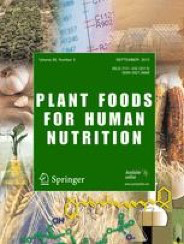
2020 Plant Foods for Human Nutrition
Pomegranate juice has potential beyond ascorbic acid alone in enhancing iron absorption and assimilation, supporting Ayurveda's proposition of managing iron deficiency anemia with pomegranate.
Experimental Study Iron Deficiency Pomegranate
Pomegranate Juice Enhances Iron Dialysability and Assimilation in In-Vitro Cell Free and Cell-Based Models
Balasubramani SP, Varghese RK, Vishnuprasad CN, Venkatasubramanian P
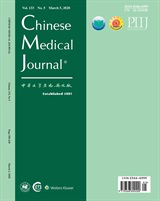
2017 Chinese Medical Journal
Acupuncture used for weight loss may increase the effectiveness of oral iron supplementation to treat obesity-related iron deficiency.
Randomised Controlled Trial Acupuncture Iron Deficiency
Acupuncture Improves Intestinal Absorption of Iron in Iron-deficient Obese Patients
Xie XC, Cao YQ, Gao Q, Wang C, Li M, Wei SG

2015 Blood
Iron supplements intake acutely elevates hepcidin levels, decreasing the subsequent iron absorption with lower dosages and alternate day supplementation maximizing absorption.
Experimental Study Iron Deficiency
Oral iron supplements increase hepcidin and decrease iron absorption from daily or twice-daily doses in iron-depleted young women
Moretti D, Goede JS, Zeder C, Jiskra M, Chatzinakou V, Tjalsma H, et al.
Review Articles
Review articles summarise and critically evaluate the current state of research on a specific topic or field by synthesising multiple primary research studies.

The role of oral iron in the treatment of adults with iron deficiency
2022 Nov 20 European Journal of Haematology Lo JO, Benson AE, Martens KL, Hedges MA, McMurry HS, DeLoughery T, et al.
Theoretical Article Review Article Iron DeficiencyThe hepcidin-ferroportin iron regulatory pathway prevents iron overload, creating an inherent limit on gastrointestinal iron absorption, and hence affects the efficacy of oral iron supplementation.

Iron Absorption: Factors, Limitations, and Improvement Methods
2022 Jun 10 ACS Omega Piskin E, Cianciosi D, Gulec S, Tomas M, Capanoglu E
In this context, the importance of studies to increase iron bioavailability is indisputable. Encapsulation, emulsification, chelation, and fortification play an important role in increasing the bioavailability and absorption rate of iron. Commercial iron supplements are available for humans suffering from IDA or wishing to get iron as a supplement. However, because of the free iron-dependent radical generation, some of the commercial iron supplements may produce adverse effects in the gut lumen and mucosal area of the intestine.
Review Article Iron
Prebiotics and iron bioavailability? Unveiling the hidden association - A review
2021 Apr Trends in Food Science & Technology Ahmad AMR, Ahmed W, Iqbal S, Javed M, Rashid S, Iahtisham-ul-Haq
Prebiotics show promise in improving iron absorption efficiency by influencing gut microbiota activity and luminal conditions, potentially offering a novel approach to combat IDA. Further research is necessary to solidify this connection and optimize strategies for enhancing iron bioavailability.
Review Article Prebiotic Iron Deficiency
Dietary Determinants of and Possible Solutions to Iron Deficiency for Young Women Living in Industrialized Countries: A Review
2014 Sep 19 Nutrients Beck K, Conlon C, Kruger R, Coad J
Review Article Iron DeficiencyConsuming a diverse mix of dietary measures enhances iron absorption more effectively than focusing on single nutrients or foods, especially in young women.
Clinical Trials
Clinical trials are research studies that involve people and are conducted to evaluate the safety and efficacy of new treatments or interventions, such as drugs, medical devices, or behavioural therapies.

The Efficacy and Safety of Vitamin C for Iron Supplementation in Adult Patients With Iron Deficiency Anemia
2020 Nov 02 JAMA Oncology Li N, Zhao G, Wu W, Zhang M, Liu W, Chen Q, et al.
Among patients with IDA, oral iron supplements alone were equivalent to oral iron supplements plus vitamin C in improving hemoglobin recovery and iron absorption. These findings suggest that on-demand vitamin C supplements are not essential to take along with oral iron supplements for patients with IDA.
Randomised Controlled Trial Anaemia Iron Deficiency Anaemia Vitamin C
Acupuncture Improves Intestinal Absorption of Iron in Iron-deficient Obese Patients
2017 Mar 05 Chinese Medical Journal Xie XC, Cao YQ, Gao Q, Wang C, Li M, Wei SG
Randomised Controlled Trial Clinical Study Acupuncture Iron DeficiencyAcupuncture used for weight loss may increase the effectiveness of oral iron supplementation to treat obesity-related iron deficiency.
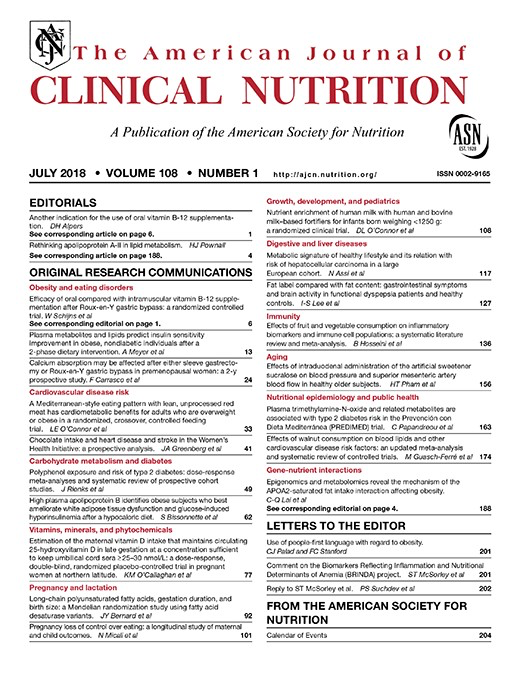
Adaptation in iron absorption: iron supplementation reduces nonheme-iron but not heme-iron absorption from food
2000 Oct The American Journal of Clinical Nutrition Roughead ZK, Hunt JR
Randomised Controlled Trial Heme-Iron Non-Haeme Iron Iron Deficiency Iron AbsorptionHealthy individuals, including those with low iron stores, show reduced nonheme-iron absorption after iron supplementation, leading to larger iron stores that are sustained over time.
Study Protocols
Published study protocols are detailed plans that outline the objectives, methodology, statistical analyses, and organisation of a research study that have been made publicly available for others to review and use as a reference.
Presentation Slides

Theoretical Article
The hepcidin-ferroportin iron regulatory pathway prevents iron overload, creating an inherent limit on gastrointestinal iron absorption, and hence affects the efficacy of oral iron supplementation.
Lo JO, Benson AE, Martens KL, Hedges MA, McMurry HS, DeLoughery T, Aslan JE, Shatzel JJ

Cohort Study
The body begins to upregulate iron absorption at a ferritin concentration of less than 50 µg/L, indicating an incipient iron deficiency in young women.
Galetti V, Stoffel NU, Sieber C, Zeder C, Moretti D, Zimmermann MB

Experimental Study
Pomegranate juice has potential beyond ascorbic acid alone in enhancing iron absorption and assimilation, supporting Ayurveda's proposition of managing iron deficiency anemia with pomegranate.
Balasubramani SP, Varghese RK, Vishnuprasad CN, Venkatasubramanian P

Randomised Controlled Trial
Acupuncture used for weight loss may increase the effectiveness of oral iron supplementation to treat obesity-related iron deficiency.
Xie XC, Cao YQ, Gao Q, Wang C, Li M, Wei SG

Experimental Study
Iron supplements intake acutely elevates hepcidin levels, decreasing the subsequent iron absorption with lower dosages and alternate day supplementation maximizing absorption.
Moretti D, Goede JS, Zeder C, Jiskra M, Chatzinakou V, Tjalsma H, Melse-Boonstra A, Brittenham G, Swinkels DW, Zimmermann MB

Review Article
Consuming a diverse mix of dietary measures enhances iron absorption more effectively than focusing on single nutrients or foods, especially in young women.
Beck K, Conlon C, Kruger R, Coad J
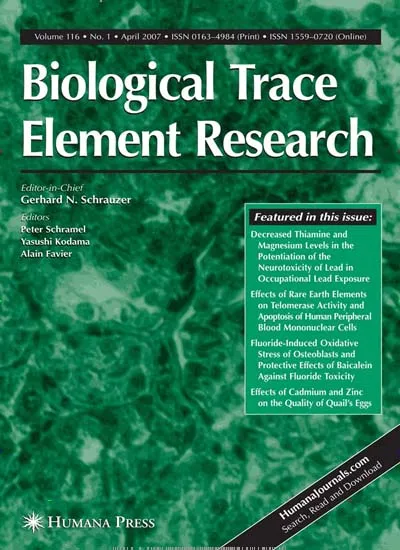
Experimental Study
Heme iron and non-heme iron, presented as ferrous sulfate, do not compete for absorption when ingested on an empty stomach.
Gaitán D, Olivares M, Lönnerdal B, Brito A, Pizarro F

Randomised Controlled Trial
Healthy individuals, including those with low iron stores, show reduced nonheme-iron absorption after iron supplementation, leading to larger iron stores that are sustained over time.
Roughead ZK, Hunt JR
Executive Summary
Write an executive summary in the form of a blog article on the topic of "Research into Chinese medicine treatment for Iron Absorption" summarising the research below and using language that can be easily understood by patients and avoiding medical jargon using a professional and caring tone of voice.
Write an executive summary in the form of a blog article on the topic of "Researched Chinese medicine treatments for Iron Absorption" summarising the research below in an objective and easy to understand way, and using language that can be easily understood by patients. Group the article into Chinese medicine treatments first, followed by nutrition and other treatments. Avoid using medical jargon and use a professional and caring tone of voice.
Write me a concise but easy to understand executive summary on the topic of "Chinese medicine treatments for Iron Absorption" based on the following research that I will give you. Your summary should be 2 paragraphs long in Australian English spelling and include references to the studies.
A Theoretical Article published in 2022 in the journal European Journal of Haematology found that The hepcidin-ferroportin iron regulatory pathway prevents iron overload, creating an inherent limit on gastrointestinal iron absorption, and hence affects the efficacy of oral iron supplementation. The methodology adopted in this study involved investigating the pathophysiology of iron absorption alongside reviewing existing evidence relating to different preparations of oral iron. Different dosing protocols were compared, including daily low dose and every other day protocols, in an attempt to bypass the limitations imposed by the body's own regulatory systems and maximize absorption while minimizing side effects. The formulation, dosing strategy, and patient selection for oral vs. intravenous iron supplementation were also studied. The results demonstrated that the body's inherent iron regulation pathway, named the hepcidin-ferroportin pathway, has evolved to prevent iron overload, which subsequently places an inherent limit on gastrointestinal iron uptake; this has significant implications for the efficacy of oral iron supplementation. Furthermore, excess unabsorbed iron proved to be responsible for various side effects often associated with oral iron supplementation, such as dyspepsia and constipation. This underlines the challenges posed by the body's own iron management system when dealing with iron deficiency through oral iron supplements.
A Cohort Study published in 2021 in the journal EClinicalMedicine found that The body begins to upregulate iron absorption at a ferritin concentration of less than 50 µg/L, indicating an incipient iron deficiency in young women. In the methodology, this study utilizes a pooled analysis of stable iron isotope studies conducted between 2006 and 2019 on healthy women aged 18 to 50. These studies quantified iron absorption from meals providing physiological quantities of iron. A mathematical model known as generalized additive modeling was employed to ascertain the relationships between iron absorption, ferritin, and a molecule called hepcidin. By estimating the first derivatives of the trend created by the model, inflection points (or thresholds) in these relationships were established. The results revealed that hepcidin increased in a linear fashion parallel to ferritin. Iron absorption increased when hepcidin reached a threshold value and when a threshold ferritin value was detected, beyond which iron absorption remained stable. An auxiliary validation within the results found that a hepcidin of approximately 3 nmol/l corresponded to a ferritin level of approximately 51 µg/l. These findings collectively suggest that if the body's ferritin concentration falls below 50 µg/L—corresponding to a hepcidin level of less than 3 nmol/l—the body will respond by absorbing more iron from the diet, signaling an emerging iron deficiency.
A Experimental Study published in 2020 in the journal Plant Foods for Human Nutrition found that Pomegranate juice has potential beyond ascorbic acid alone in enhancing iron absorption and assimilation, supporting Ayurveda's proposition of managing iron deficiency anemia with pomegranate. The study applied a cell-free model imitating gastric and intestinal digestive procedures, along with cell-based models (in the form of Caco-2 and HepG2 cells), to evaluate iron dialysability in the presence of pomegranate juice. This method was utilized to observe iron uptake into cells, assessed via cellular ferritin content measures. Pomegranate juice highly improved iron dialysability in the cell-free model and increased iron uptake and ferritin content in the cells’ models far more than ascorbic acid alone. This result corroborates Ayurveda's claim regarding the beneficial usage of pomegranate in managing iron deficiency anemia, proposing a straightforward remedy to a global health issue. The betterment of iron bioavailability could be due to the synergistic action of various phytochemicals in pomegranate juice, suggesting a multifunctional utility for this natural product.
A Randomised Controlled Trial published in 2017 in the journal Chinese Medical Journal found that Acupuncture used for weight loss may increase the effectiveness of oral iron supplementation to treat obesity-related iron deficiency. The study was conducted on sixty iron deficient or iron deficient anemia patients who were also obese, in the Beijing Hospital of Traditional Chinese Medicine. They were divided into two groups: one group received an oral iron supplement combined with acupuncture treatment for weight loss (acupuncture group), and the other group received the oral iron supplement along with a placebo acupuncture treatment (control group). Over the course of eight weeks, anthropometric parameters were measured, and blood samples were tested before and after the treatment. The acupuncture group showed a significant decrease in body weight, body mass index, waist circumference, and waist/hip circumference ratio, while the control group showed no significant changes. The oral iron supplement seemed to bring more noticeable improvements in the iron status indicators in the acupuncture group than in the control group. In addition, the serum leptin and hepcidin concentrations, which impact iron absorption, declined significantly in the acupuncture group and were relatively stagnant in the control group. These results suggest that acupuncture-based weight loss treatment could boost intestinal iron absorption, likely through downregulation of systemic leptin-hepcidin levels.
A Experimental Study published in 2015 in the journal Blood found that Iron supplements intake acutely elevates hepcidin levels, decreasing the subsequent iron absorption with lower dosages and alternate day supplementation maximizing absorption. In the methodology, a total of 54 nonanemic young women having plasma ferritin ≤20 µg/L were selected. There were two studies: the first study had 25 participants who were given varying doses of iron ranging from 40mg to 240mg at 8:00 am while fasting for one or two consecutive days. In the second study, 16 participants were given similar iron doses. A third study involving 13 participants entailed ingestion of three 60mg Fe doses within a span of 24 hours. In the results discussion, it was found that doses above 60mg led to a rise in serum hepcidin levels after 24 hours, causing a decline in fractional iron absorption by 35% to 45%. As the dosage increased, absorption fraction decreased but absolute absorption increased. For instance, a sixfold increase in iron dose resulted only in a threefold increase in amount of iron absorbed. Furthermore, the total iron absorbed from three doses was not considerably greater than from two morning doses.
A Review Article published in 2014 in the journal Nutrients found that Consuming a diverse mix of dietary measures enhances iron absorption more effectively than focusing on single nutrients or foods, especially in young women. This review examined dietary factors that contribute to iron deficiency in young women residing in industrialized countries. The study analysed dietary elements such as ascorbic acid and animal protein foods - meat, fish, and poultry - that enhance iron absorption. Conversely, it also explored elements like phytic acid, soy protein, calcium, and polyphenols, which inhibit this process. Furthermore, the research also delved into the complex interactions between these dietary factors, whose consumption effects may cancel each other out. The study made use of cross-sectional studies to deduce the relationship between diet and iron status. Through these studies, it was discovered that only meat intake consistently resulted in higher serum ferritin concentrations, indicating increased iron stores. In recent studies, the combination and timing of foods consumed were considered, yielding rather mixed results. The results indicate that while some diet elements such as ascorbic acid and meat enhance iron absorption, their impact may be nullified when consumed alongside inhibitory foods and nutrients. Across different studies, meat intake consistently improved iron status, hinting at its potential role in mitigating iron deficiency. However, the most striking finding is that using a broad selection of dietary measures, rather than focusing on individual nutrients or foods, presents a more effective approach. This suggests dietary diversification could be crucial for preventing and treating iron deficiency, particularly in young women in industrialized countries.
A Experimental Study published in 2012 in the journal Biological Trace Element Research found that Heme iron and non-heme iron, presented as ferrous sulfate, do not compete for absorption when ingested on an empty stomach. The study involved twenty-six healthy, nonpregnant women who participated in two iron absorption research studies which utilised iron radioactive tracers. The process began by obtaining the dose-response curve for absorption of heme iron in different doses, arrayed as concentrated red blood cells. Subsequently, the absorption of these same doses were evaluated, but this time with the addition of non-heme iron in the form of ferrous sulfate, with a consistent heme/non-heme iron molar ratio of 1:1. Iron sources were administered on an empty stomach. In analyzing the results, it was found that heme iron absorption was reduced simply by increasing total heme iron. Interestingly though, the addition of non-heme iron as ferrous sulfate exhibited no observable effect on the absorption of heme iron. This observation led to the conclusion that heme and non-heme iron, when presented as ferrous sulfate, do not compete for absorption. However, the underlying mechanism steering the absorption of these iron sources remains unclear.
A Randomised Controlled Trial published in 2000 in the journal The American Journal of Clinical Nutrition found that Healthy individuals, including those with low iron stores, show reduced nonheme-iron absorption after iron supplementation, leading to larger iron stores that are sustained over time. This research was conducted via a randomized, placebo-controlled trial with 57 healthy volunteers (comprising of men and women). The participants' absorption of heme and nonheme iron was measured both prior and subsequent to a 12-week course of iron supplementation achieved through the provision of 50mg iron everyday as ferrous sulphate. Alongside, serum and fecal ferritin were observed during the supplementation period and for six months thereafter. In the initial phase, both heme and nonheme iron absorption had an inverse relation with serum ferritin concentration. With the passage of the 12 week period of iron supplementation, participants, even those with serum ferritin less than 21 microg/L, showed evidence of absorbing less nonheme iron from their diet, but no such change was observed with respect to heme iron from a beef-based meal. Serum ferritin concentration was higher after the supplementation period than after placebo, and this increase remained for more than half a year, barring individuals with low iron stores, in whom the serum ferritin levels returned to their initial numbers within three months. A 2.5-fold increase in fecal ferritin excretion was noted during the supplementation. It becomes evident from these findings that even people with low iron stores adapt by lowering their nonheme iron absorption from food in response to iron supplementation. Despite this adaptation, iron stores appeared to be greater after iron supplementation when compared to placebo, and the difference was sustained across the board, except in the case of people with the lowest iron stores.
Moderation Tools
Topic
Sign In
Users not signed in are limited to viewing the 5 most recent items of content.